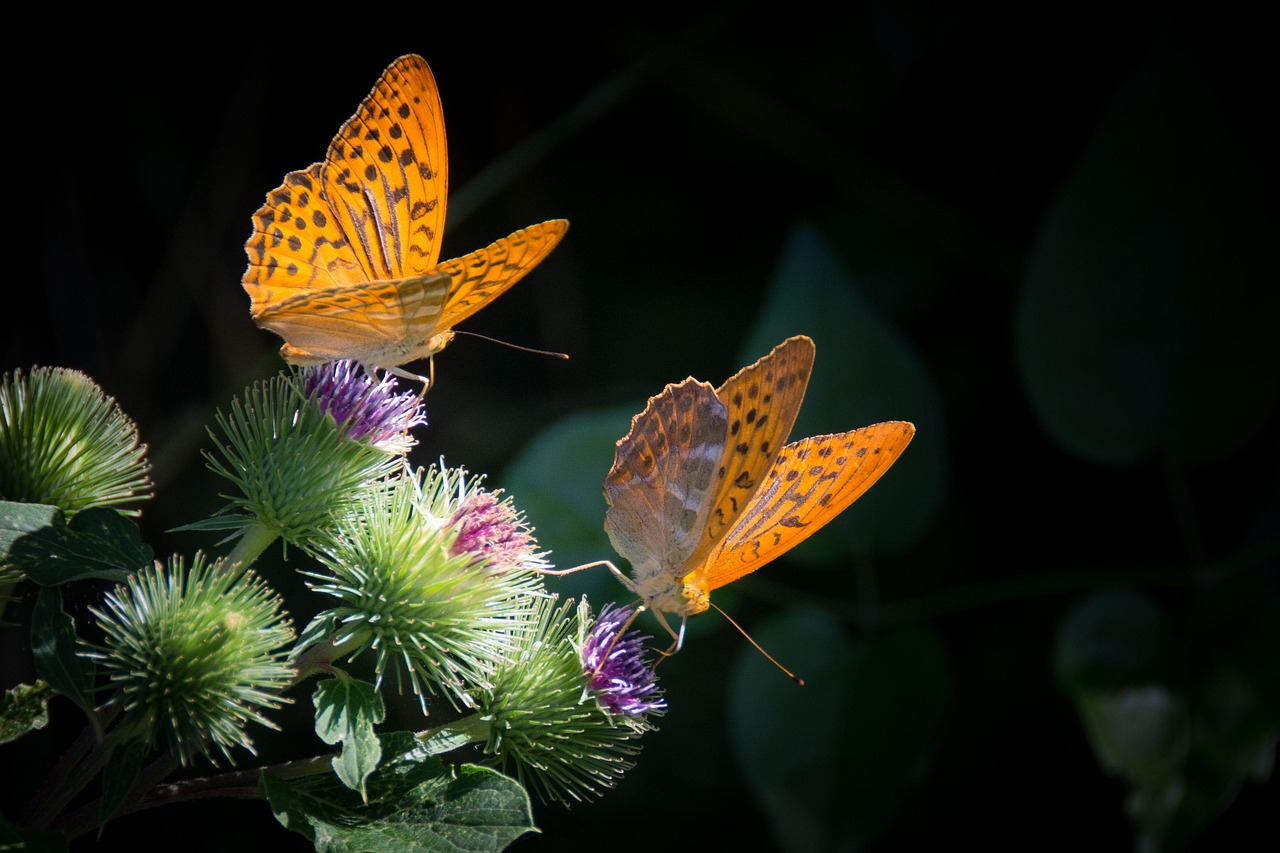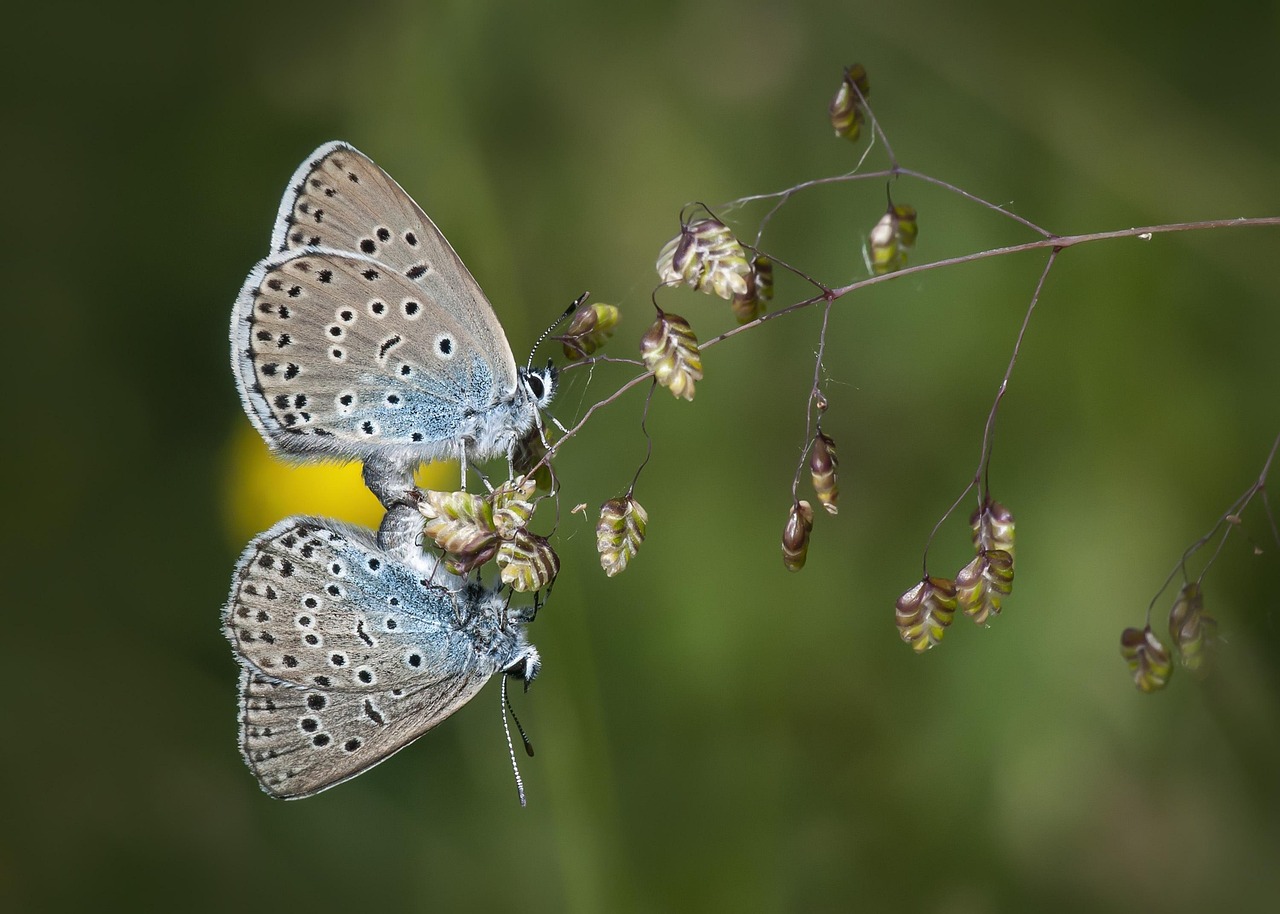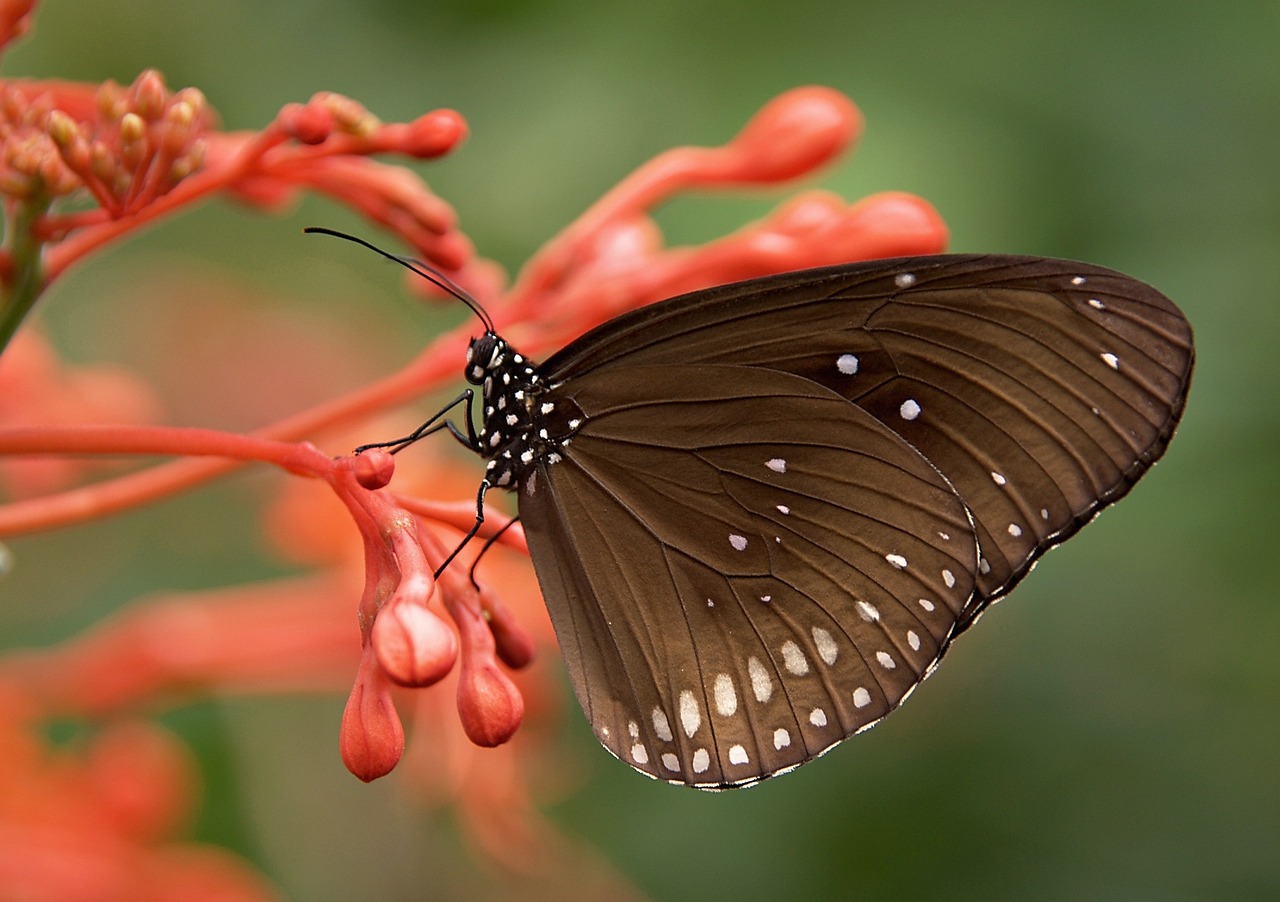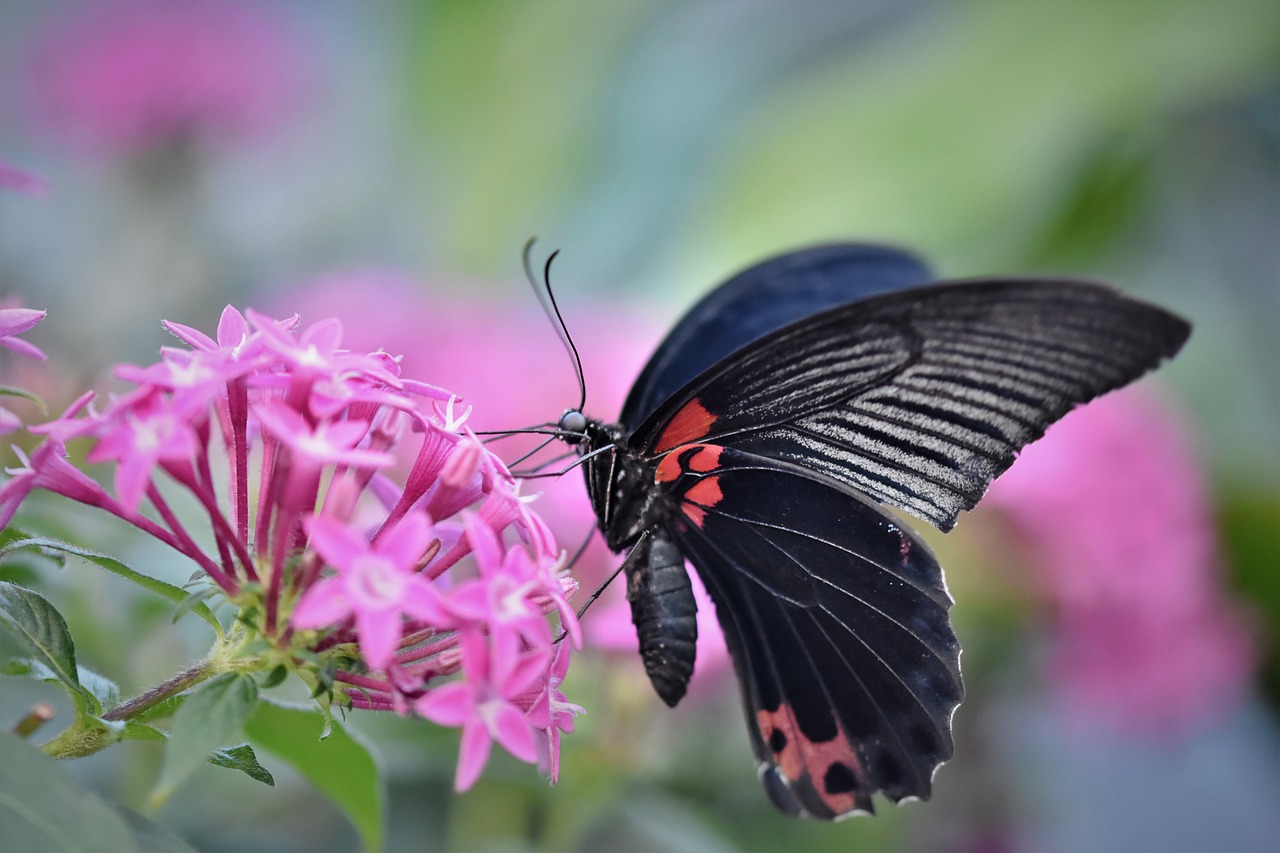Imagine walking through a tropical forest when suddenly, a flash of brilliant blue catches your eye. You watch as a butterfly lands on a dark rock, and before your very eyes, its wings transform from electric blue to deep brown. Is this magic? Science fiction? No – this is the incredible reality of one of nature’s most extraordinary creatures, and it’s happening right now in forests around the world.
The Science Behind Nature’s Ultimate Chameleon
The butterfly that changes color depending on where it lands isn’t just a single species, but several remarkable insects that have evolved one of nature’s most sophisticated camouflage systems. These creatures possess specialized wing scales called iridophores that contain microscopic structures capable of manipulating light in ways that would make even the most advanced technology jealous.
When light hits these wing scales, it doesn’t simply reflect back like it would from a painted surface. Instead, the microscopic ridges and valleys on each scale work like tiny prisms, bending and filtering light waves to create specific colors. What makes this truly extraordinary is that these scales can actually shift their position slightly based on the butterfly’s muscle contractions and environmental factors.
Think of it like having millions of tiny mirrors that can tilt and adjust themselves in real-time. When the butterfly lands on different surfaces, sensors in its feet and legs trigger neural responses that cause subtle changes in wing scale orientation, dramatically altering the colors we see.
Meet the Masters of Disguise

The most famous of these color-changing butterflies is the Blue Morpho (Morpho peleides), found in the rainforests of Central and South America. When flying, these butterflies flash an almost electric blue that can be seen from over a quarter-mile away. But the moment they land, especially on dark surfaces like tree bark or muddy ground, their wings can shift to browns, grays, and even black patterns.
Another incredible example is the Common Buckeye (Junonia coenia), which can adjust its wing coloration from bright orange and white to muted earth tones within seconds of landing. These butterflies have been observed changing colors up to seven different times in a single afternoon, each time perfectly matching their chosen resting spot.
The Glasswing butterfly (Greta oto) takes this ability even further, possessing wings that can shift from completely transparent to displaying vibrant reds, yellows, and oranges depending on the angle of sunlight and the surface beneath them.
How Environmental Triggers Work Their Magic
The color-changing process isn’t random – it’s a sophisticated response system that relies on multiple environmental cues working together. Temperature plays a crucial role, as the microscopic structures in the wing scales respond differently to heat and cold, causing shifts in how they reflect light.
Humidity levels also trigger color changes, with many species displaying brighter, more vibrant colors in high-humidity environments and shifting to duller, more camouflaged tones when the air becomes dry. This makes perfect sense from a survival perspective, as predators are often more active during dry conditions when butterflies need better camouflage.
Perhaps most fascinating is how these butterflies respond to the actual surface they land on. Specialized sensors in their feet can detect the color and texture of surfaces, sending signals to their nervous system that trigger appropriate color responses within milliseconds.
The Role of Predator Avoidance

This remarkable ability didn’t evolve for our entertainment – it’s a matter of life and death. Birds, spiders, and other predators rely heavily on visual hunting, and a butterfly that can instantly blend into its surroundings has a massive survival advantage.
Studies have shown that color-changing butterflies have predation rates up to 60% lower than their non-color-changing relatives. When a bright blue morpho suddenly becomes an invisible brown shadow on tree bark, it’s like watching a magic trick that saves lives.
The timing of these color changes is also crucial. Most species can complete their transformation in under three seconds, faster than most predators can adjust their hunting strategy. It’s nature’s version of a disappearing act, performed millions of times every day in forests around the world.
Mating Displays and Communication Through Color

Color-changing isn’t just about hiding from predators – it’s also a sophisticated communication system. Male butterflies often use rapid color changes as part of their courtship displays, flashing through sequences of colors to attract females and ward off competing males.
During mating season, some species can cycle through their entire color palette in elaborate displays that can last several minutes. These “color conversations” are so complex that researchers are still working to decode all the different messages being communicated.
Female butterflies are incredibly selective, often rejecting males whose color displays don’t meet their standards. This has led to an evolutionary arms race where males with the most sophisticated color-changing abilities have the greatest reproductive success.
The Microscopic Architecture of Wonder
To truly appreciate these butterflies, you need to understand the incredible microscopic engineering of their wings. Each wing contains millions of scales, and each scale contains thousands of even smaller structures called photonic crystals.
These crystals are arranged in precise patterns that create what scientists call “structural coloration” – colors produced not by pigments, but by the physical manipulation of light waves. The spacing between these crystals is so precise that changing it by just a few nanometers can shift colors from blue to green to red.
What’s truly mind-blowing is that butterflies can control this spacing through muscle contractions, essentially tuning their wings like a biological piano where each note is a different color. This level of biological engineering rivals anything humans have created with modern technology.
Seasonal Color Variations and Adaptation

Many color-changing butterflies also adapt their color-changing abilities seasonally, developing different palettes for different times of the year. During spring, when fresh green leaves dominate the landscape, these butterflies might favor greens and light browns in their color repertoire.
As autumn approaches and leaves begin changing, many species develop enhanced abilities to display reds, oranges, and yellows. This seasonal adaptation is so precise that experienced butterfly watchers can often predict the changing seasons just by observing local butterfly coloration patterns.
Winter populations often lose much of their color-changing ability, instead developing more permanent camouflage patterns that match the browns and grays of dormant vegetation. This suggests that the energy cost of maintaining color-changing abilities is significant enough that butterflies “turn off” the system when it’s not essential for survival.
Geographic Variations Across Different Habitats

The same species of color-changing butterfly can display completely different color palettes depending on where in the world they live. Morpho butterflies in the Amazon Basin, for example, tend to favor deeper blues and purples, while their Central American cousins often display brighter, more electric blues.
This geographic variation reflects the different environmental challenges and predator pressures in each region. Butterflies living in dense, dark rainforests need different camouflage strategies than those in more open, sun-dappled woodlands.
Some populations have even developed unique color combinations not found anywhere else in the world, creating biological “dialects” that help scientists track migration patterns and evolutionary relationships between different butterfly communities.
The Speed of Transformation

The speed at which these butterflies can change colors is genuinely breathtaking. High-speed cameras have captured the entire transformation process, revealing that the fastest species can shift from one color to a completely different one in just 0.3 seconds.
This speed is achieved through a combination of muscle contractions, fluid pressure changes, and even electromagnetic responses within the wing scales. The process is so rapid that human eyes often can’t detect the transition – we simply see a butterfly that was one color suddenly appearing as another.
Interestingly, the speed of color change often correlates with how exposed the butterfly feels. When landing in open areas where predators might easily spot them, the transformation happens almost instantaneously. But when landing in already well-camouflaged locations, the process might take several seconds, suggesting these creatures can consciously control the urgency of their camouflage response.
Technology Inspired by Butterfly Innovation

Scientists and engineers are frantically studying these butterflies to develop new technologies. Military researchers are particularly interested in creating adaptive camouflage systems for vehicles and equipment that could change color to match their surroundings.
Several companies are already developing “smart” fabrics that mimic butterfly color-changing mechanisms, potentially revolutionizing everything from fashion to architecture. Imagine buildings that could change color based on weather conditions, or clothing that adapts to different lighting situations.
The smartphone industry is also taking notice, with researchers working on displays that could adjust their colors and contrast automatically based on ambient lighting conditions, all inspired by the wing structure of color-changing butterflies.
Conservation Challenges and Threats
Unfortunately, many of these remarkable butterflies are facing serious threats from habitat destruction, climate change, and pollution. The complex environmental cues they rely on for color-changing are being disrupted by human activities, leaving some populations unable to effectively camouflage themselves.
Deforestation is particularly devastating because it eliminates the diverse range of surfaces these butterflies need to practice and perfect their color-changing abilities. Young butterflies actually need to “learn” how to change colors effectively, and without varied environments to practice in, their survival skills deteriorate.
Climate change is also disrupting the seasonal cues that trigger different color adaptations, potentially leaving butterflies with inappropriate camouflage for their changing environments.
Future Research and Discoveries

Scientists are only beginning to understand the full complexity of butterfly color-changing abilities. New species with color-changing capabilities are still being discovered regularly, particularly in remote tropical regions that haven’t been thoroughly studied.
Advances in microscopic imaging technology are revealing even more sophisticated mechanisms than previously known. Some butterflies appear to have backup color-changing systems that activate if their primary system is damaged, suggesting these abilities are even more crucial for survival than we realized.
Genetic research is also uncovering the specific genes responsible for color-changing abilities, potentially opening doors to understanding how this remarkable trait evolved and spread throughout different butterfly populations.
Observing These Marvels in the Wild

If you want to witness this incredible phenomenon yourself, the best opportunities are in tropical and subtropical regions during the early morning or late afternoon when butterflies are most active. Costa Rica, Ecuador, and parts of Southeast Asia offer some of the best butterfly-watching opportunities in the world.
Look for butterflies that seem to “disappear” when they land – this is often your first clue that you’re observing a color-changing species. Patience is key, as many of these butterflies are naturally cautious and will only demonstrate their full color-changing abilities when they feel secure.
Many butterfly conservatories and botanical gardens now maintain populations of color-changing species, offering more accessible opportunities to observe these remarkable creatures up close without the need for international travel.
The Bigger Picture of Natural Adaptation

Color-changing butterflies represent just one example of the incredible adaptability and innovation present in the natural world. Their abilities remind us that evolution has been solving complex engineering problems for millions of years, often arriving at solutions far more elegant and efficient than anything humans have yet developed.
These butterflies also demonstrate the interconnectedness of ecosystems – their color-changing abilities are intimately tied to the specific plants, lighting conditions, and predator pressures in their environments. Remove any element of this complex system, and the entire adaptation can fail.
Perhaps most importantly, they serve as living proof that our natural world still holds countless mysteries and wonders waiting to be discovered and understood. Every time we think we’ve figured out how nature works, creatures like these color-changing butterflies remind us that we’ve barely scratched the surface.
The next time you see a butterfly in your garden, take a closer moment to really observe it. While it might not have the dramatic color-changing abilities of its tropical cousins, every butterfly carries within its wings millions of years of evolutionary innovation. These remarkable creatures continue to push the boundaries of what we thought was possible in the natural world, changing not just their colors, but our understanding of life itself. Who knows what other natural magic is fluttering around us, just waiting to be noticed?
